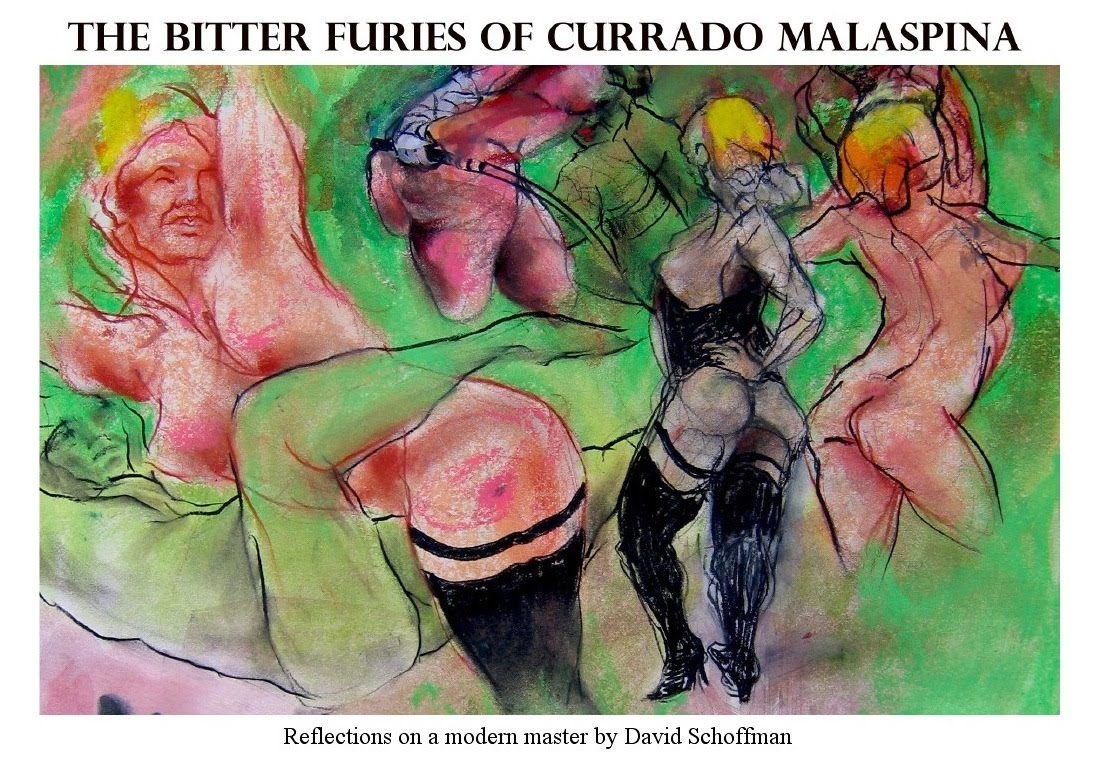
Few people remember that Currado Malaspina was born on October 1st 1953 and that his godfather was Francis Picabia. It was at Currado’s christening at L’Église Saint-Suplice where Picabia horrified the congregants by declaiming over the chorister’s sweet rendition of “The Little Road to Bethlehem,” his oft quoted aphorism, “It’s really only nonentities who have genius in their lifetime.”
Picabia died the following month and the episode in church became an absent hour in the Malaspina household.
One can’t help but speculate whether the luminous star of Picabia’s difficult intelligence somehow lodged like a paperweight within Currado’s subconscious. When one thinks of Malaspina’s work one realizes how he has consistently operated within the solemn, slow voice of satire. Currado’s limitless capacity for impudence, his constant sniffing for sacred targets among the croupiers of the art world, his indifference to consequence, all evidence an irrational tenderness toward Picabian self-sabotage.
Currado Malaspina continues in his sixth decade, to be the incendiary guttersnipe, thumbing his trunk at the Brahmins of le beau monde. He convulsively makes art that throws a disquieting light on our melancholy failures.
Currado truly is a “monster of courage.”





